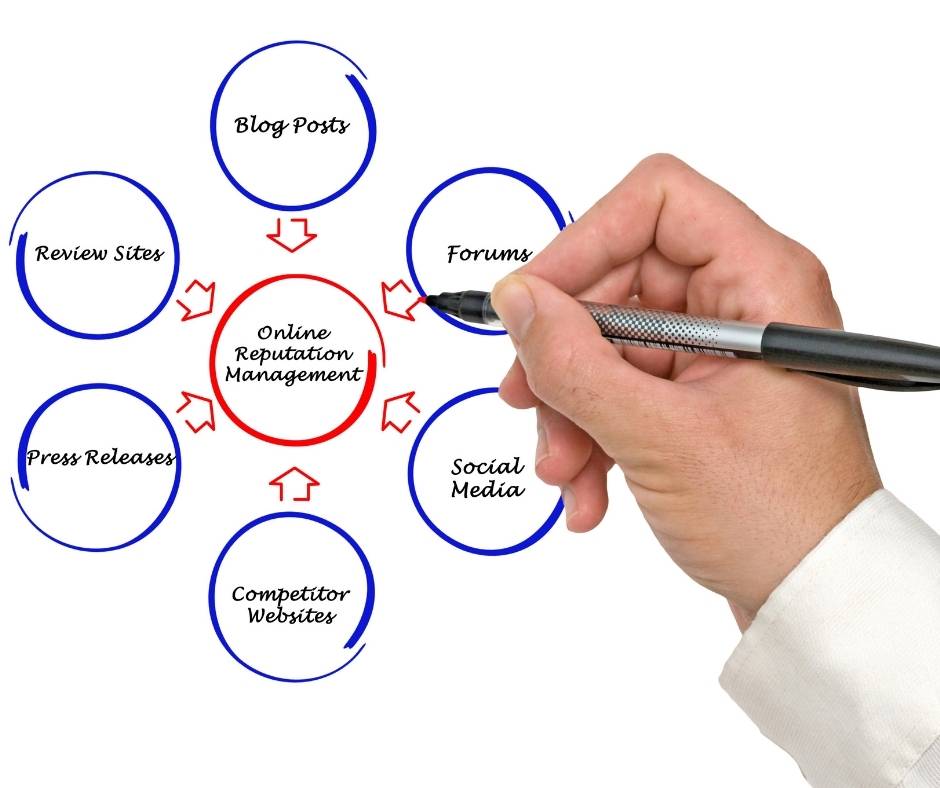IntroductionThe Importance of Online Reviews for Small BusinessesIn the modern era of digital connectivity, online reviews have become a significant factor influencing the perception and success of businesses. As consumers increasingly rely on the internet to research products and services, online reviews serve as powerful testimonials that shape purchasing decisions and customer trust. For small businesses, effectively managing online reviews is crucial in building and maintaining a positive reputation in the digital landscape. The Potential Impact of Negative Reviews on Reputation and SuccessNegative reviews can have far-reaching consequences for a small business. A single negative review can tarnish the reputation carefully built over time. As more consumers rely on online reviews to make informed choices, a business with negative reviews risks losing customers and revenue. Strategies to Address and Mitigate Negative Reviews – The Purpose of This ArticleWhile the impact of negative reviews can be daunting, it's not all doom and gloom. This article provides practical strategies for effectively addressing negative reviews and mitigating their effects. Small business owners can turn challenges into opportunities and strengthen their online reputation by taking proactive steps. Understanding the Impact of Negative ReviewsCommon Reasons for Negative ReviewsCustomers may leave negative reviews for various reasons, each reflecting a different aspect of their experience with a business. Common reasons include:
Consequences of Negative Reviews on Customer Perception and Business RevenueNegative reviews can shape the public perception of a business, influencing the decisions of potential customers. Some of the potential consequences include:
The Importance of Proactive Online Reputation ManagementGiven the potential consequences of negative reviews, proactive online reputation management is essential for small businesses. By actively monitoring and responding to customer feedback, business owners can address issues before they escalate, demonstrate a commitment to customer satisfaction, and foster positive customer relationships. Proactive reputation management also involves seeking and encouraging positive reviews, which can help counterbalance any negative feedback and bolster a business's overall reputation. Proactive Strategies for Preventing Negative ReviewsDelivering Excellent Customer Service to Reduce Negative FeedbackAt the heart of any successful business is excellent customer service. By providing outstanding service, businesses can reduce the likelihood of negative feedback and enhance customer satisfaction. Tips for delivering excellent customer service include:
The Role of Communication and Transparency in Managing Customer ExpectationsClear communication and transparency are key to managing customer expectations and preventing dissatisfaction. Businesses can build trust and avoid misunderstandings by being open and honest with customers. Communication and transparency strategies include:
Best Practices for Monitoring and Responding to Customer Feedback on Social Media and Review PlatformsSocial media and online review platforms are essential channels for monitoring and responding to customer feedback. By actively engaging with customers on these platforms, businesses can address issues, gather insights, and demonstrate responsiveness. Best practices include:
By implementing these proactive strategies, small businesses can create a positive customer experience and reduce the likelihood of negative reviews. Effective Response Strategies for Negative ReviewsCritical Steps for Responding to Negative ReviewsResponding to negative reviews requires a thoughtful and strategic approach. Here are the key steps to take when addressing negative feedback:
Successful Responses to Negative Reviews and Positive OutcomesExample 1:
Example 2:
Seeking Resolution Offline When AppropriateIn some cases, it may be appropriate to seek resolution offline, especially if the issue requires in-depth discussion or sensitive information. In your public response to the negative review, express your commitment to finding a solution and invite the customer to contact you directly through a private channel, such as email or phone. By handling the matter privately, you can provide personalized attention and avoid airing sensitive details in a public forum. Always remember to maintain professionalism and respect in your offline interactions. Turning Negative Reviews into Opportunities for ImprovementValuable Insights from Negative ReviewsNegative reviews, while initially disheartening, can serve as a valuable source of insight for businesses seeking to improve. By analyzing the feedback provided in these reviews, businesses can identify recurring issues, areas of dissatisfaction, and opportunities for enhancement. For example, negative reviews that mention slow service may highlight the need to streamline operations or increase staffing. Similarly, complaints about product quality can prompt a review of quality control measures. By addressing these issues proactively, businesses can create a better customer experience and reduce the likelihood of future negative feedback. Using Feedback to Enhance the Customer ExperienceCustomer feedback, both positive and negative, is a powerful tool for data-driven decision-making. By aggregating and analyzing feedback, businesses can identify trends, preferences, and pain points that inform strategic decisions. This data-driven approach can lead to targeted improvements, such as adjusting product offerings, redesigning the user interface of a website, or enhancing staff training. Ultimately, the goal is to create an exceptional customer experience that meets or exceeds expectations, fosters loyalty and generates positive word of mouth. Case Studies of Growth Through Negative ReviewsCase Study 1:
Case Study 2:
These case studies demonstrate that, when approached constructively, negative reviews can catalyze positive change and growth within a business. By embracing feedback as an opportunity for improvement, businesses can strengthen their reputation and build lasting relationships with customers. ConclusionRecap of Key Strategies for Addressing Negative ReviewsThroughout this article, we have explored the importance of online reviews and their impact on a small business's reputation and success. We discussed proactive strategies for preventing negative reviews, such as delivering excellent customer service and maintaining clear communication with customers. We also outlined practical steps for responding to negative reviews with empathy, a solution-oriented approach, and follow-up. Furthermore, we emphasized the value of negative reviews as sources of insight for business improvement and data-driven decision-making. Embracing Negative Reviews as Opportunities for GrowthAs a small business owner, viewing negative reviews not as setbacks but as opportunities for growth and improvement is essential. By actively addressing customer concerns and using feedback as a guide, you can make targeted enhancements to your products, services, and operations. Embracing this positive mindset allows you to turn challenges into victories and foster strong relationships with customers who appreciate your dedication to their satisfaction. Take Control of Your Online Reputation and ThriveIn conclusion, your online reputation is a powerful asset that can contribute to the success of your business. You can strengthen your business and thrive in a competitive marketplace by taking control of your online reputation, responding effectively to negative reviews, and using feedback to drive positive change. So, take the reins and chart your path forward confidently, knowing that each review – positive or negative – is a stepping stone on your journey to success. Additional ResourcesTools, Resources, and Guides for Managing Online ReputationEffectively managing your online reputation involves a range of skills and strategies. To further support your efforts, here are some helpful resources that offer guidance on reputation management and handling negative reviews:
Professional Reputation Management Services for Small BusinessesIf you need further assistance with managing your online reputation or are facing complex reputation challenges, consider seeking the help of professional reputation management services. These services offer online reputation monitoring, review management, public relations, and crisis response expertise. Some reputable reputation management firms that cater to small businesses include:
Remember that your online reputation is integral to your business's success. By leveraging available tools, resources, and professional services, you can confidently navigate the world of online reviews and build a strong, positive reputation for your business. |
AuthorReputationMart.com - passionate digital marketing team. Archives
May 2024
Categories
All
|








 RSS Feed
RSS Feed

4/15/2023
0 Comments